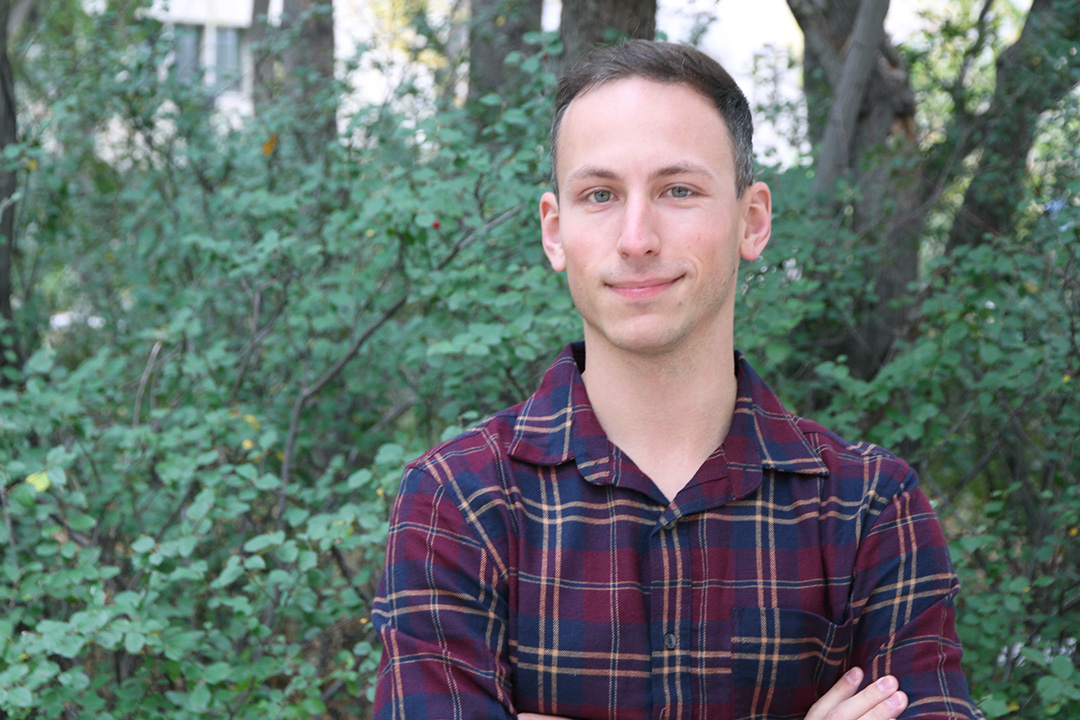
What ‘swiping right’ could be doing to you
A USask psychology PhD student digs into the health impacts of using dating apps.
By Jane CaulfieldHere’s a stat for you: Tinder reports more than 50 million users from more than 190 countries, swiping left or right more than two billion times per day, leading to roughly one million dates per week. That’s a lot of global engagement and for University of Saskatchewan (USask) PhD student Brandon Sparks, there’s something missing from the research into dating apps.
“What research has been done has focused on the risks of pregnancy, STDs, or the perceived dangers of meeting someone you only know through digital means,” said Sparks. “These are certainly worthwhile avenues, but I think there are so many other areas with respect to dating app usage that warrants further inquiry.”
For Sparks, exploring the motivations behind using dating apps and understanding how the user experience can shape perceptions of dating apps can lead to significant discoveries about how they can impact mental health.
“With both positive and negative stories heard about dating apps, I’m interested to see what sort of effects they have for different people,” said Sparks.
Exploring how mobile dating makes us feel
One area Sparks said needs to be better researched is exploring why some people behave in certain ways on dating apps, but might act differently in other circumstances.
“If males express more disappointment than females when they don’t match with someone, or when a match doesn’t message them back, maybe that can explain why women report more hostile messages from (app users) than males do,” said Sparks. “By better understanding users’ experiences and attitudes toward dating apps, we can begin to answer some of those inquiries,” said Sparks.
According to Sparks, the amount of rejection one can experience on a dating app is potentially higher than what one would normally experience through traditional dating avenues. He said that his research or similar research may explore possible links between mobile dating and the rise of the incel (involuntary celibate) movement.
“A lot can be gleaned even from the basic information such as how many photos users post and of what, how they initiate conversations, the frequency they swipe right and the percentage of those that result in matches,” said Sparks. “Combined with other information, such as their motives, attachment, relationship-based concepts and mental health indicators, we can get a much better feel of how dating apps are used and experienced in different ways by different people.”
Enhancing support systems
Sparks points to user stats to highlight that more people around the world are engaging with dating apps and that they are engaging with the apps more often than they have in the past.
“As a generation quite connected to our phones, there is the possibility that we are constantly immersed in the mobile dating environment,” said Sparks. “This is far removed from the early days of online dating, where users had to fire up their old desktop after work or school to interact with interested people.”
Because 75 percent of users are younger adults, typically aged 18-24, Sparks said understanding how these apps are impacting mental health means that post-secondary institutions and other community organizations can be better prepared to provide the appropriate kind of mental health supports.

